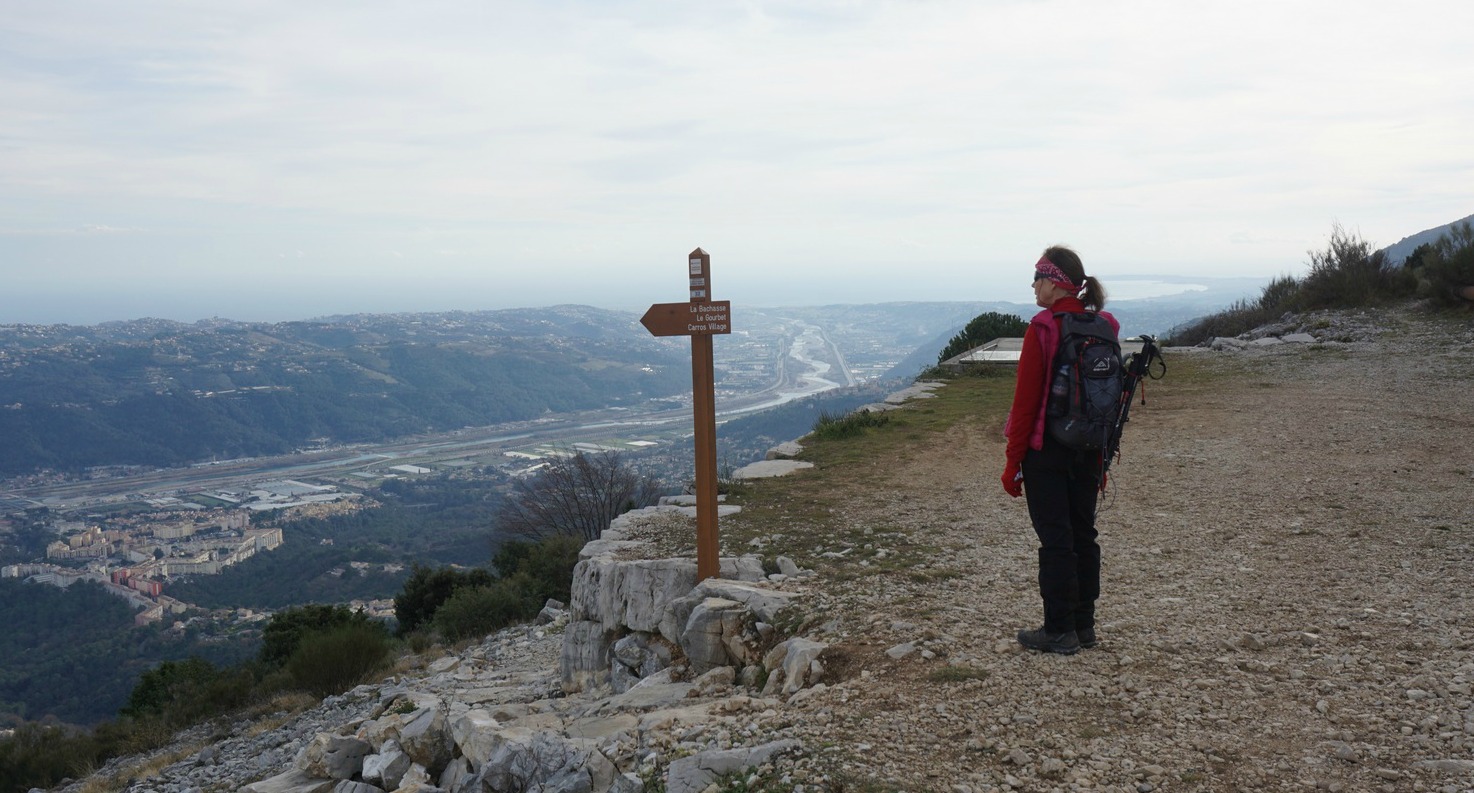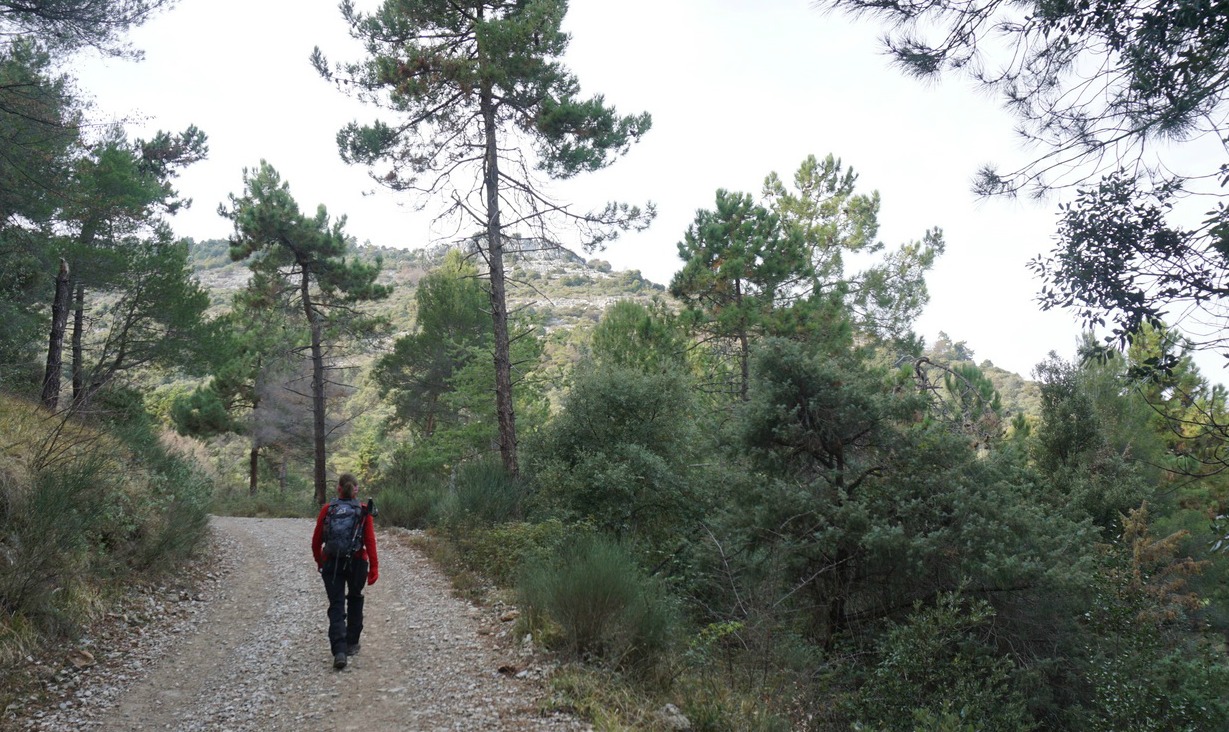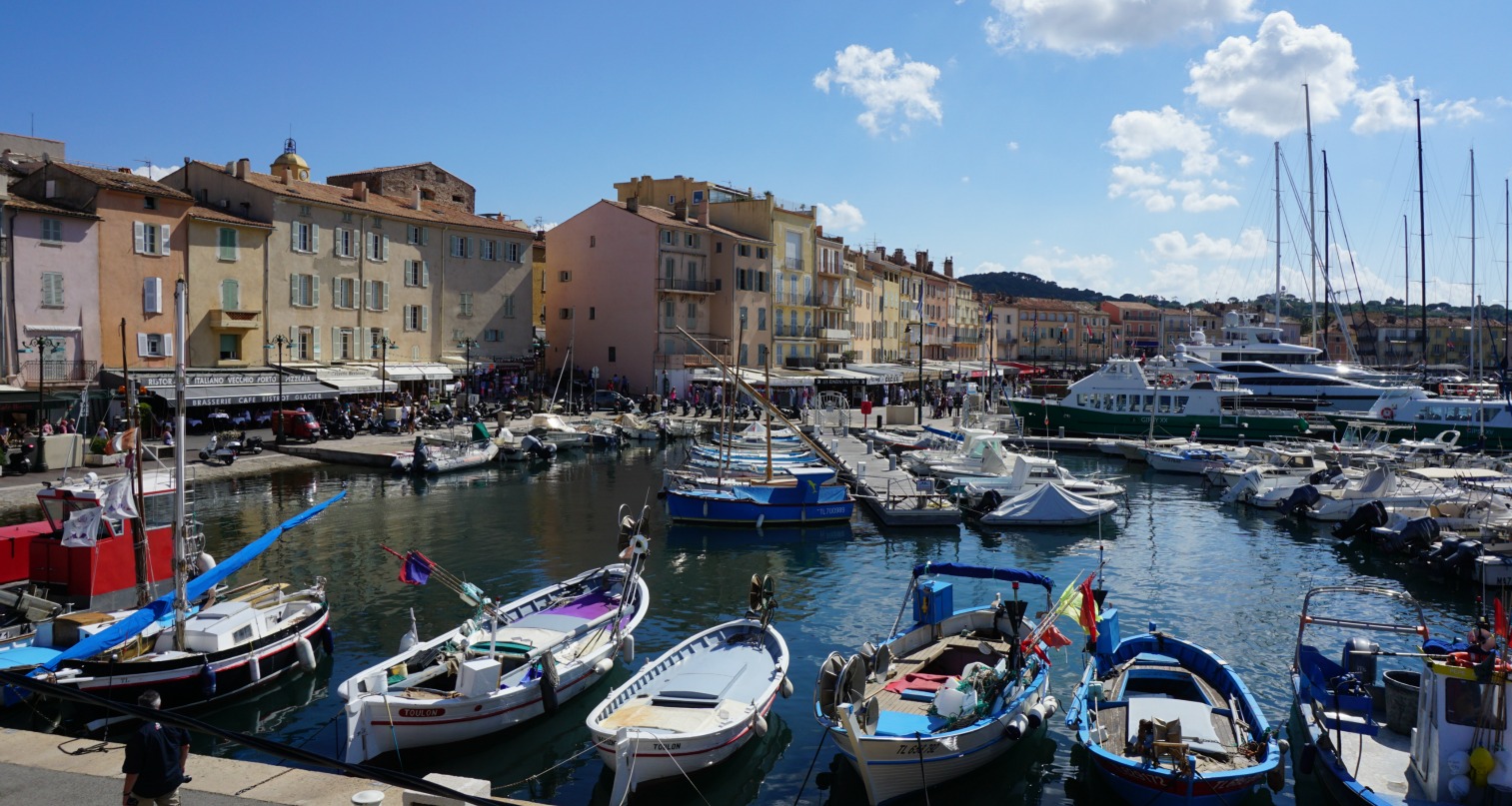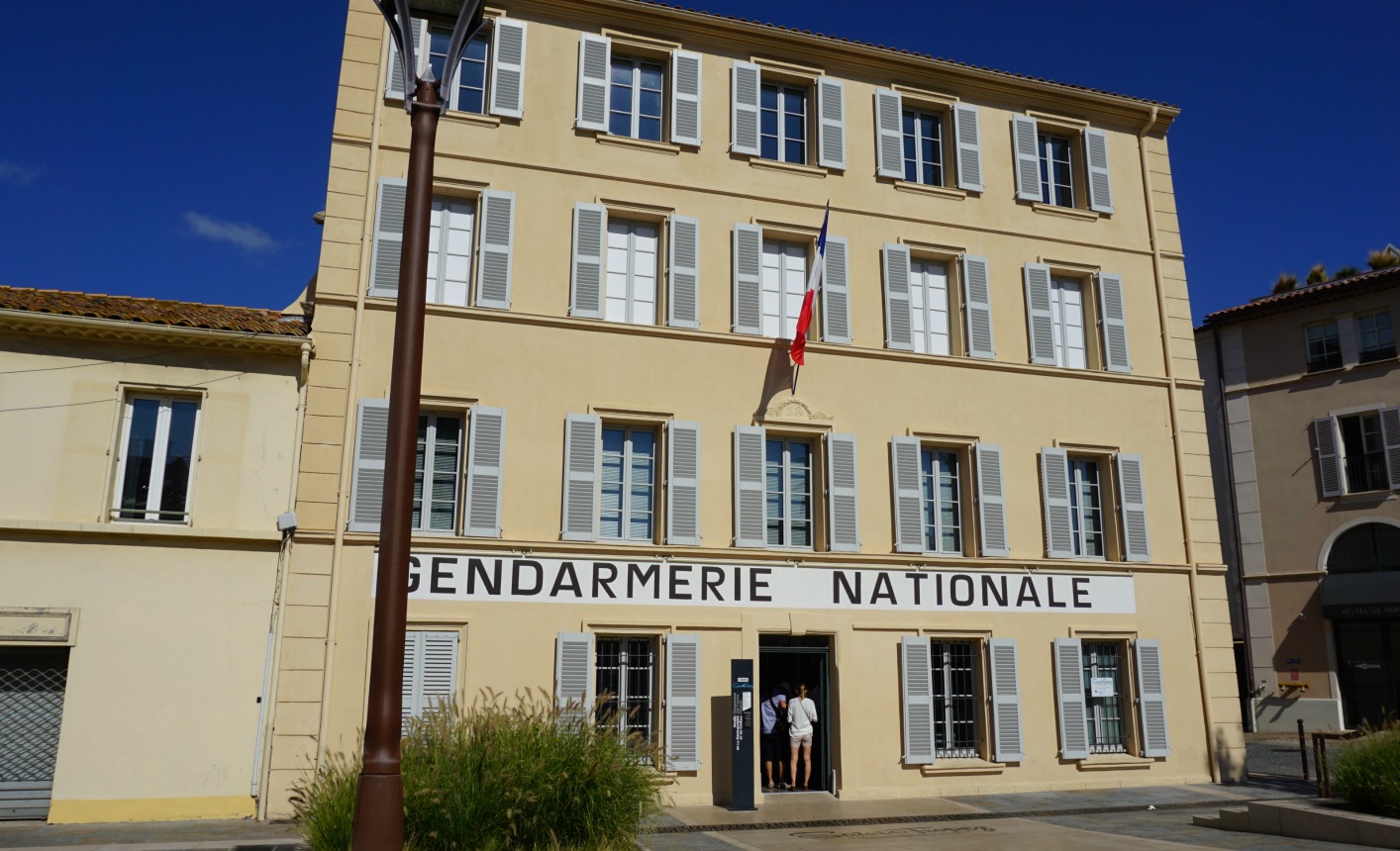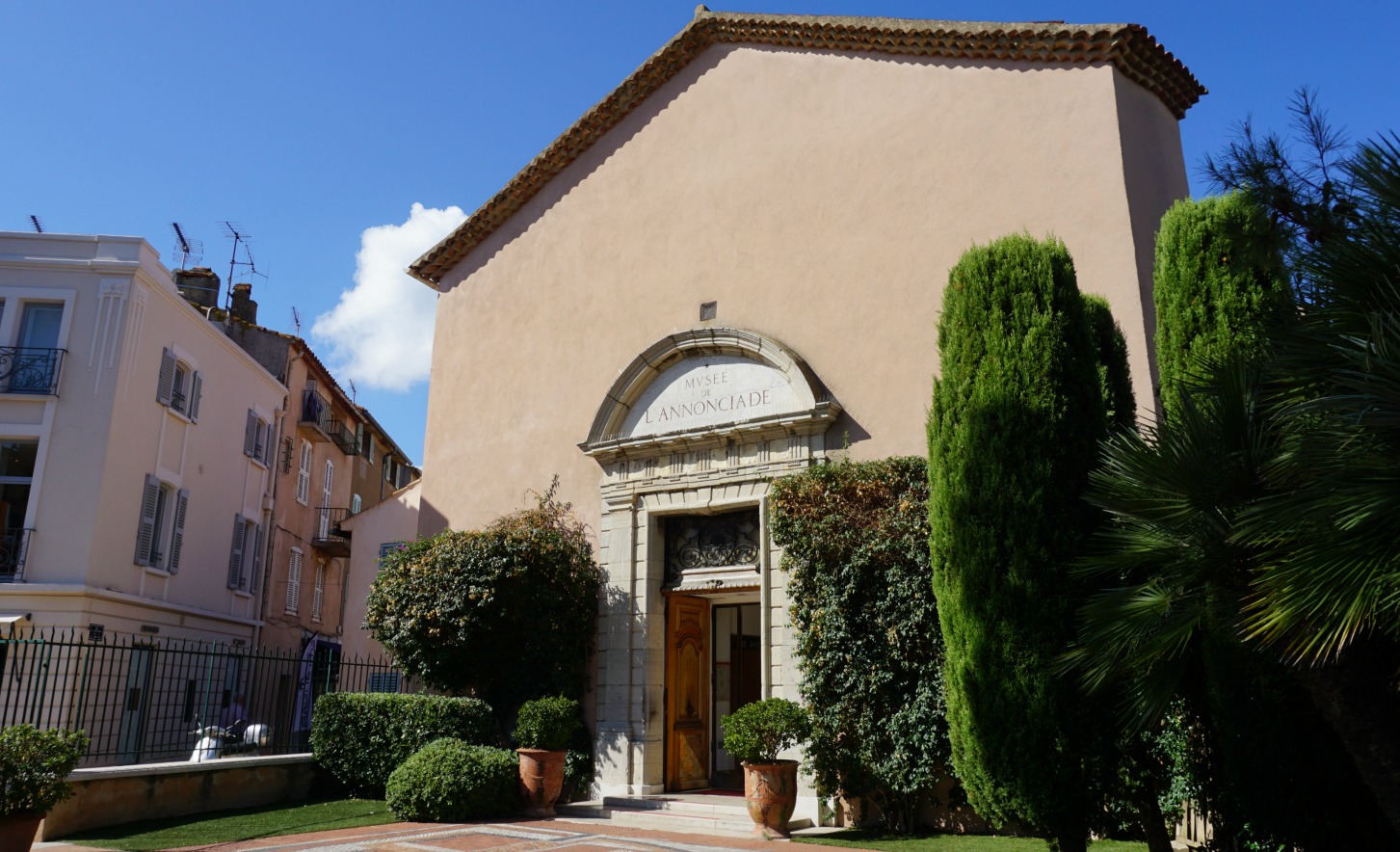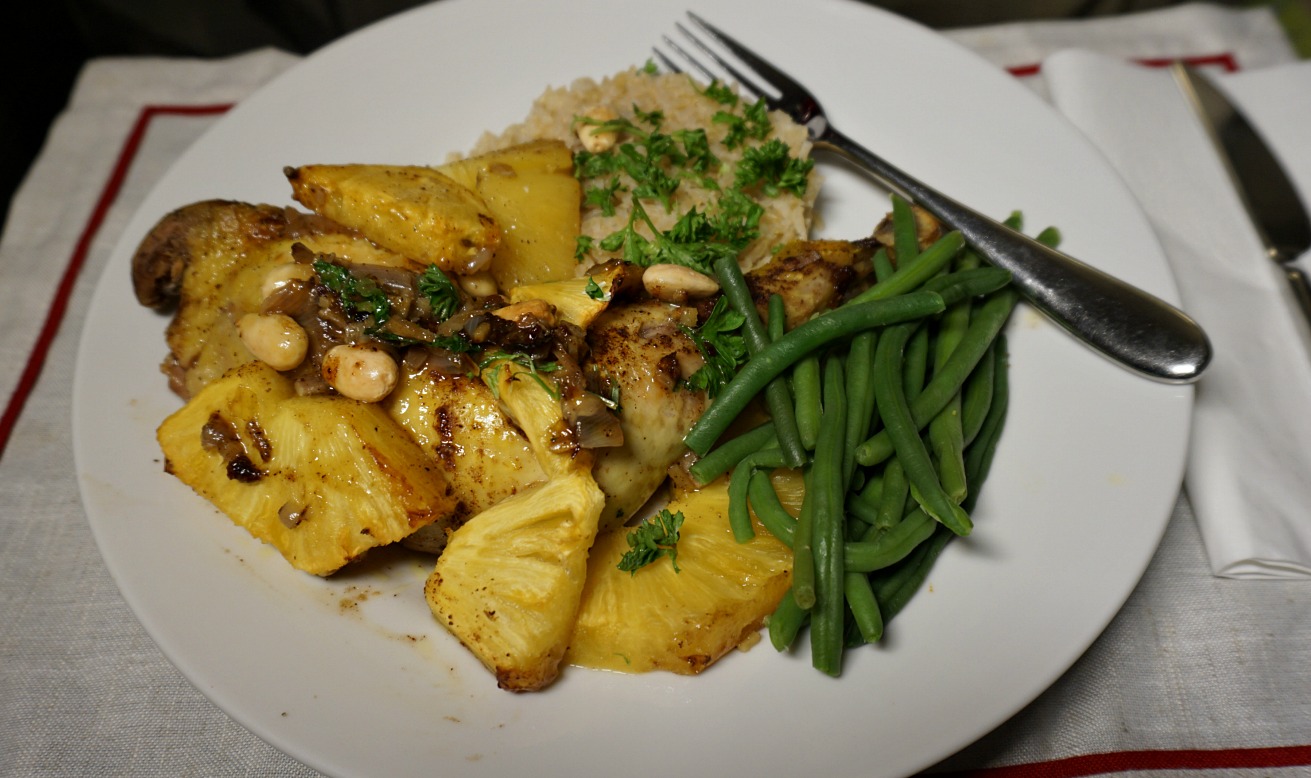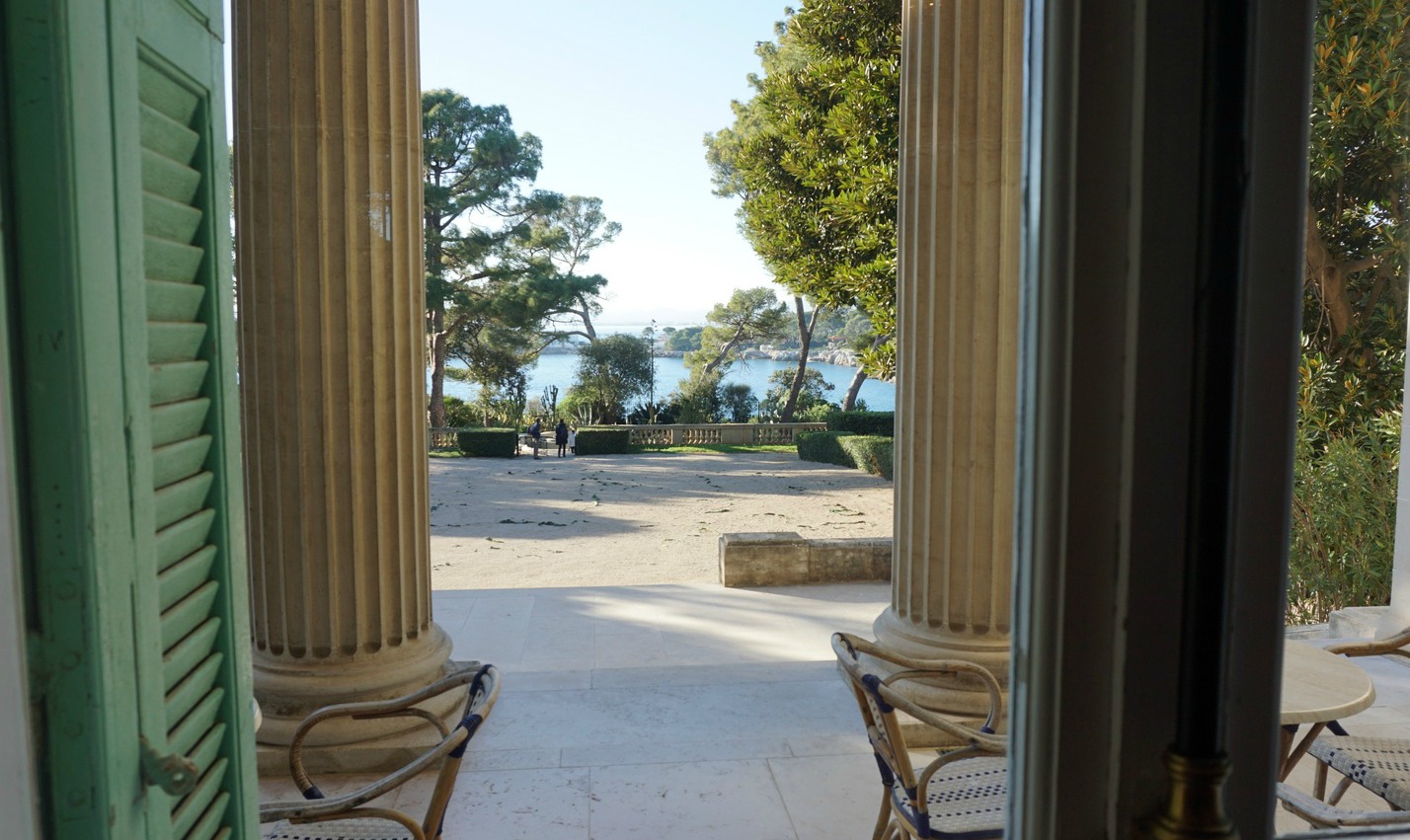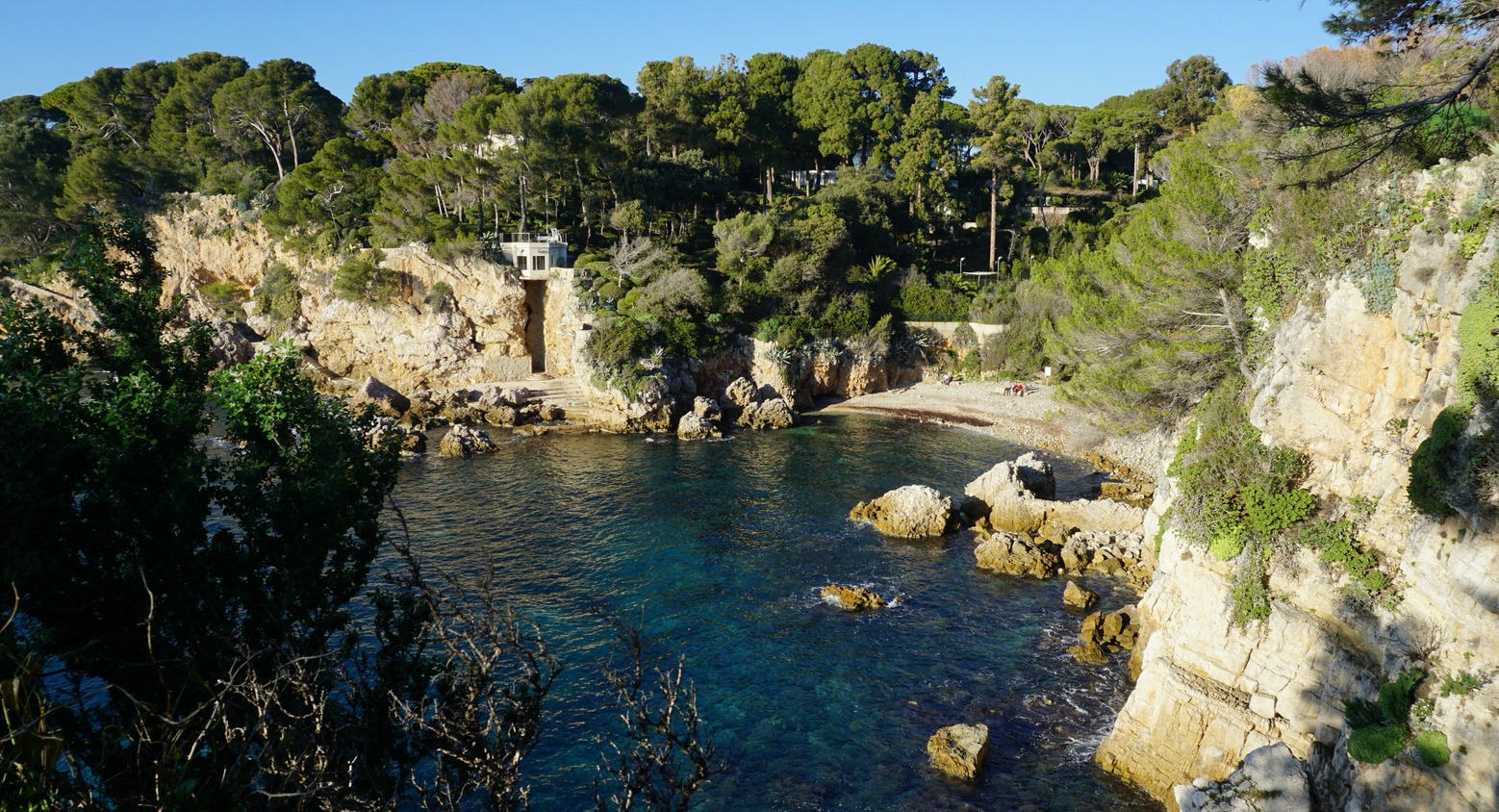Mediterranean pork tenderloin fillet

The classic South of France cassoulet combines white beans, both fresh and preserved pork, sausages, and duck preserved in its own fat. We once had cassoulet at a food festival in Cagnes-sur-Mer. Although it was tasty and succulent, all that pork fat was more than us modern people would want more often than once in a lifetime.
The following recipe is my twist of the classic cassoulet. I chose lean pork tenderloin fillet, good quality tinned white beans and increased the amount of fresh tomatoes and tasty tomato sauce. I call this recipe Mediterranean, because the combination white beans and pork is traditionally just as common in Tuscany. If you want to make your cassoulet Toulouse style, reduce the amount of tomatoes, tomato sauce and pork tenderloin and replace with Toulouse sausages, pieces of fresh duck breast and carrots.
I used tinned white beans for convenience. If you want to start with dried white beans, soak them overnight in water. The next day drain the beans discarding the soaking water. Cook the beans in fresh water about 1 hour or until soft. They should be very tender but not falling apart. The cooking time depends on how fresh the beans are. Cooked beans can be frozen.
4 servings
2 tins of good quality white beans
About 500- 600 g pork tenderloin fillet
16 black olives
2 tbsp. olive oil
3 shallots, chopped
3 cloves garlic, minced
200 ml good tomato sauce
4 coarsely chopped tomatoes, pref. plum tomatoes
1 tbsp. red wine vinegar
2 tsp. dried Provençal herbs
Black pepper
Butter
Parsley to decorate
Preheat the oven to 180° C.
Warm the olive oil over medium heat in a frying pan and sauté the shallots and garlic for a few minutes. Rinse the tinned beans under running water and add to the pan. Add the chopped tomatoes, vinegar, tomato sauce, black pepper, and herbs and stir.
Butter an ovenproof dish and place the pork fillet in the middle. Arrange the tomato- bean mixture around the pork. Bake in the oven for 1 hour per 600 g fillet. Pork needs to be well-done but not dry.
After 45 minutes add the olives to the bean- tomato mixture. If it seems a bit dry, add a little water as well. Cover with tin foil if the dish gets too browned and continue baking for 15 minutes more.
When the pork is cooked, transfer it on a carving board and slice. Divide the bean- tomato mixture on the plates, place the pork slices on top and decorate with parsley.




















